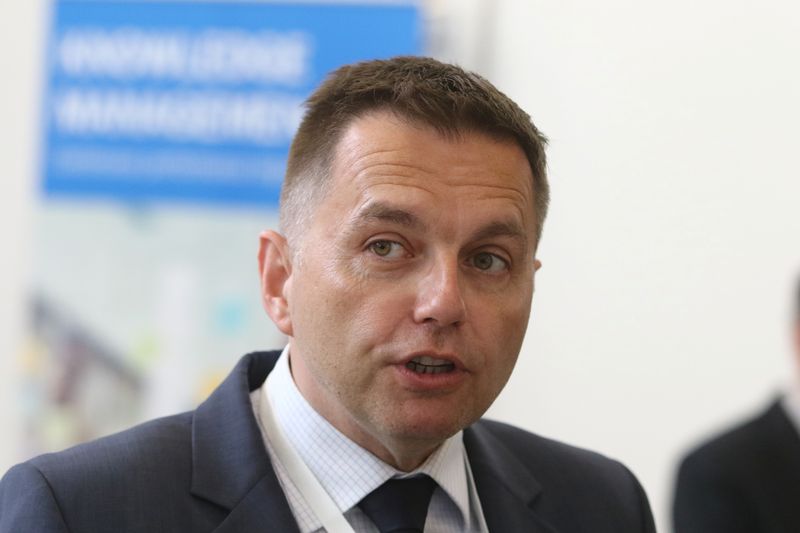AI Sentiment: Cautiously Bullish
Reason: The article expresses cautious optimism as the ECB continues to make small interest rate cuts, which according to ECB Governing Council member, Peter Kazimir, supports economic growth and maintains stability despite criticisms for more aggressive cuts.
The European Central Bank (ECB) should continue to reduce interest rates in minor increments, according to Peter Kazimir, ECB Governing Council member and Slovak finance minister. Kazimir believes that the ECB's current approach of making small interest rate cuts is the right one, as it helps to maintain economic stability while also supporting growth.
Kazimir's comments come at a time when the ECB faces increasing pressure to cut rates further due to a slowdown in the global economy and the ongoing impact of the Covid-19 pandemic. Despite these challenges, the ECB has so far resisted making more drastic cuts, preferring instead to reduce rates gradually over time.
While acknowledging that this approach may not be popular with everyone, Kazimir argued that it is necessary to ensure the long-term health of the European economy. He pointed out that reducing rates too quickly could lead to financial instability, while also potentially discouraging investment and consumption. On the other hand, keeping rates too high could stifle economic growth and lead to higher unemployment.
Kazimir's views are in line with those of ECB President Christine Lagarde, who has also advocated for a cautious approach to cutting rates. Like Kazimir, Lagarde believes that the ECB should aim for a balance between supporting economic growth and maintaining financial stability.
However, not everyone agrees with this approach. Some critics argue that the ECB should be more aggressive in cutting rates in order to stimulate the economy. They point to the example of the U.S. Federal Reserve, which has made more significant rate cuts in response to the economic challenges posed by the pandemic.
Despite these criticisms, Kazimir remains confident that the ECB's current approach is the best one. He argues that by making small, gradual cuts, the ECB can help to support the European economy without risking financial instability. It remains to be seen whether the ECB will continue to follow this path in the coming months.




